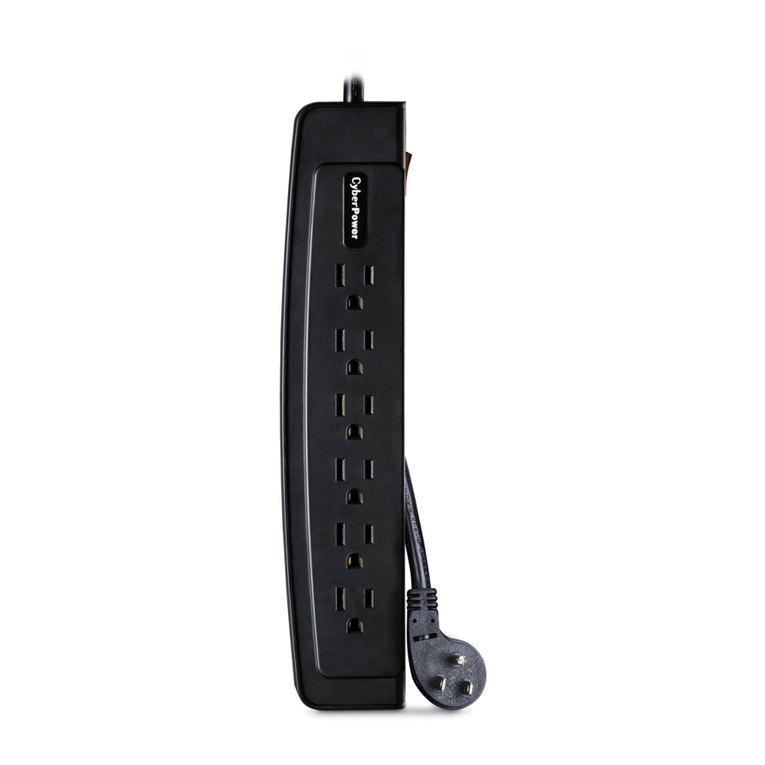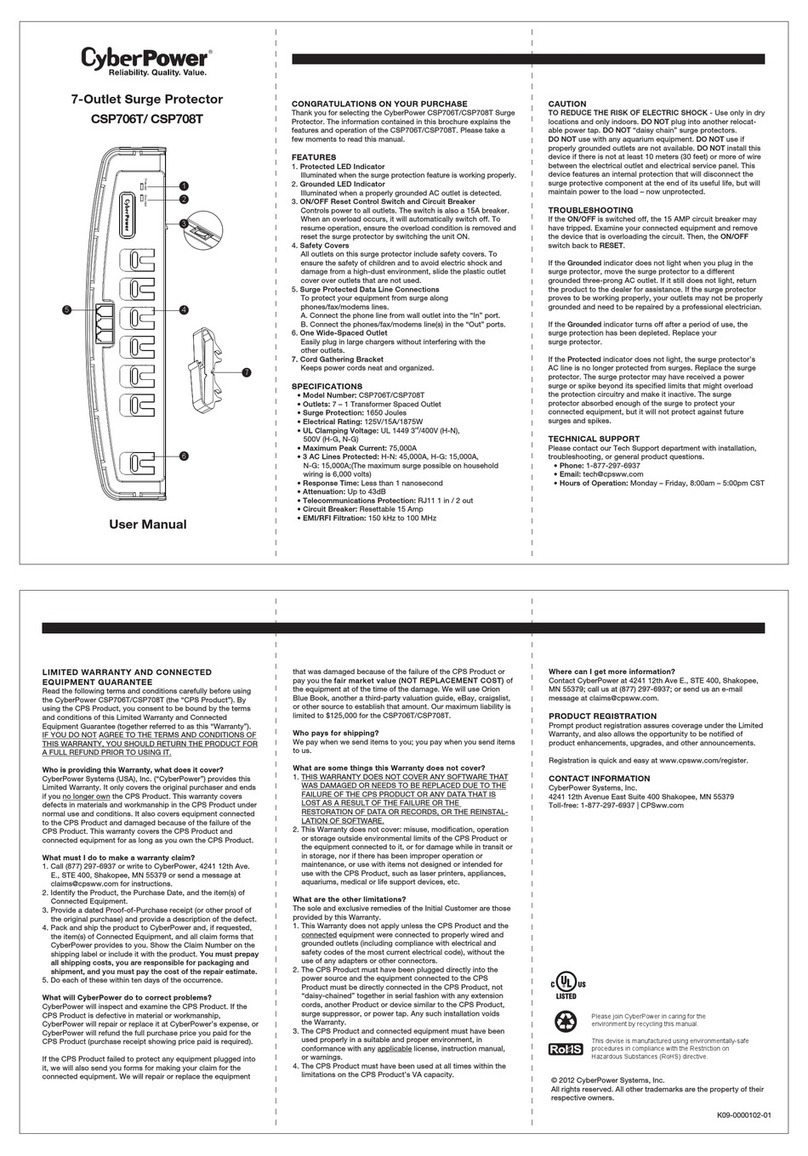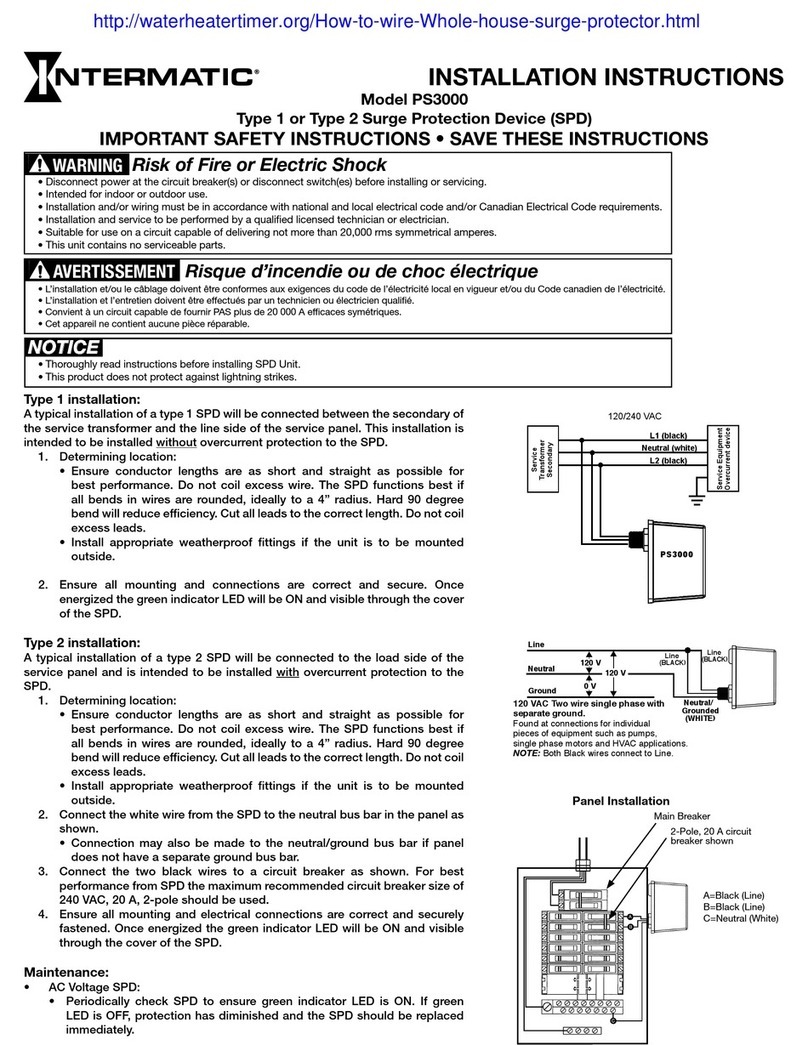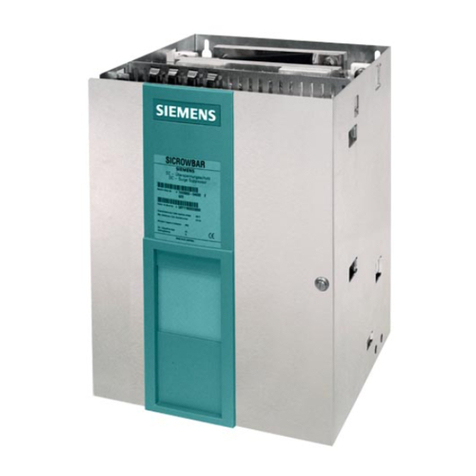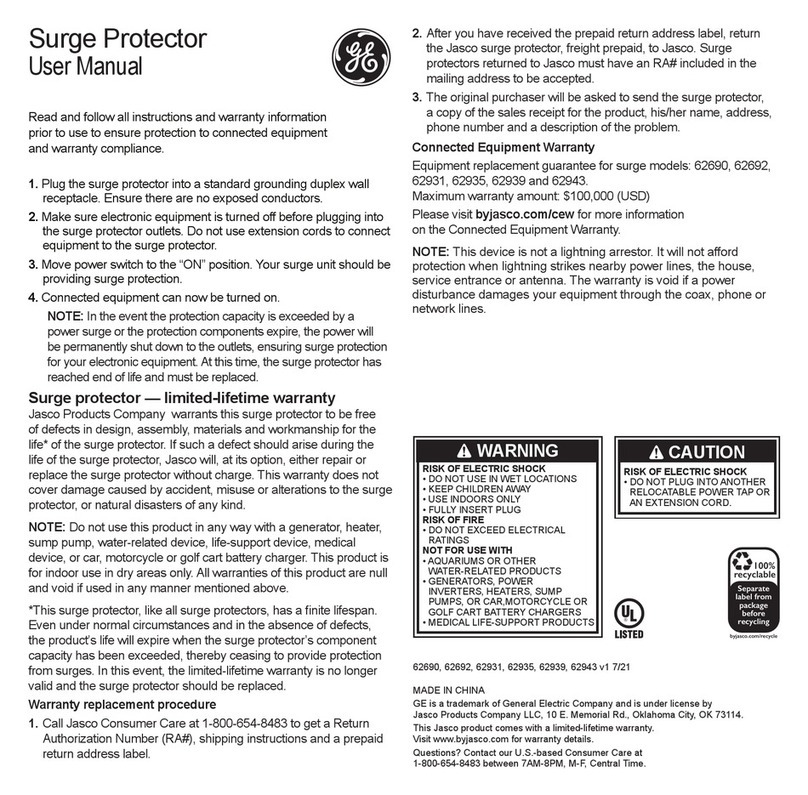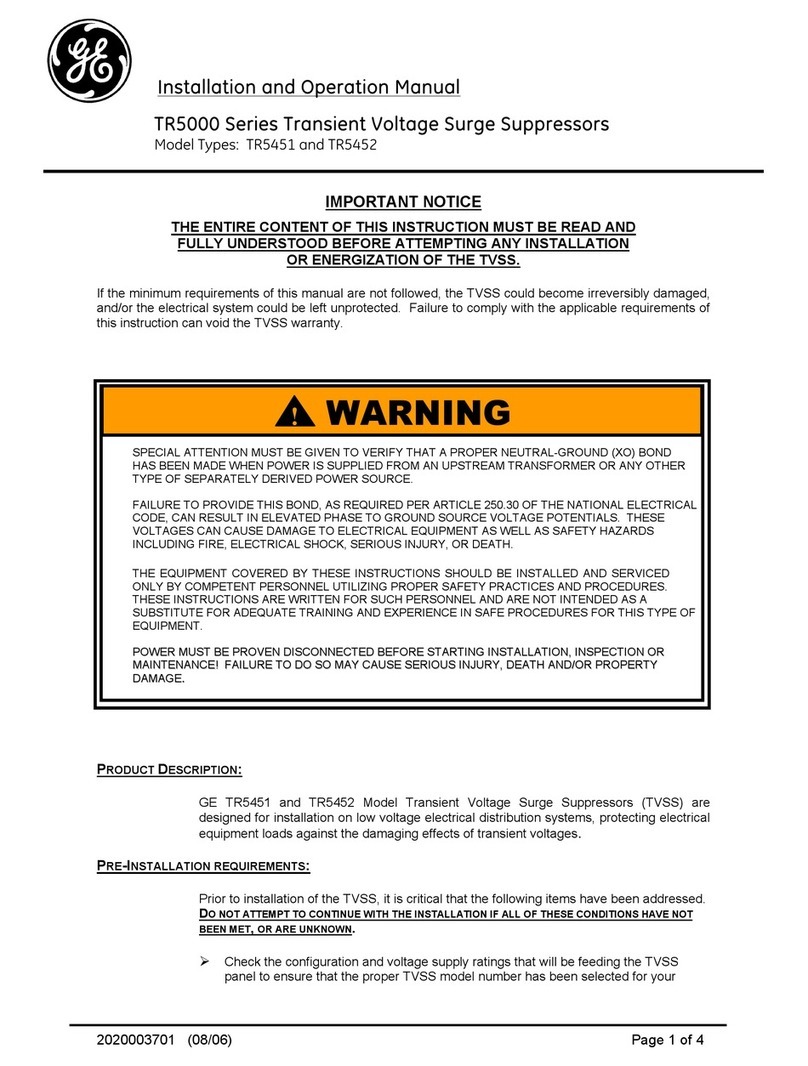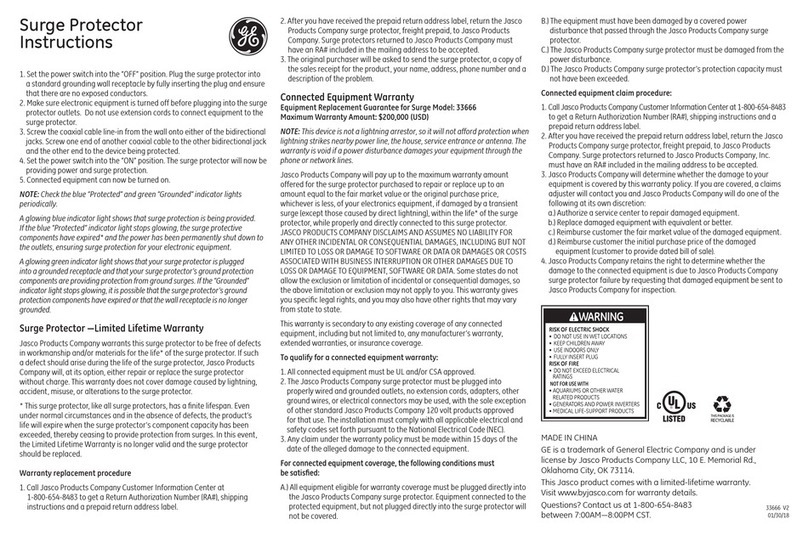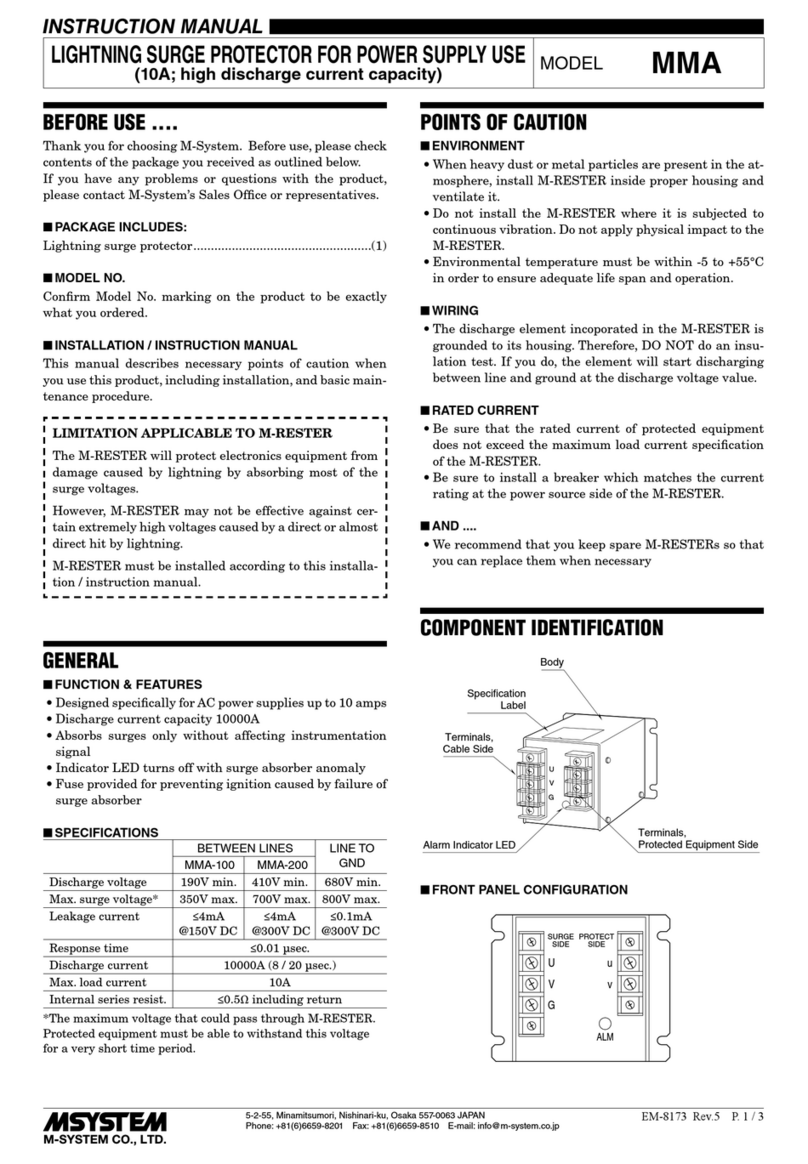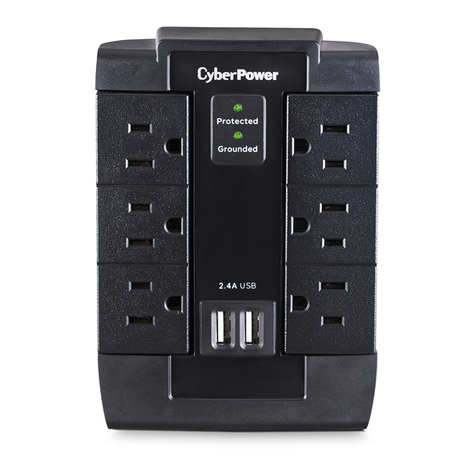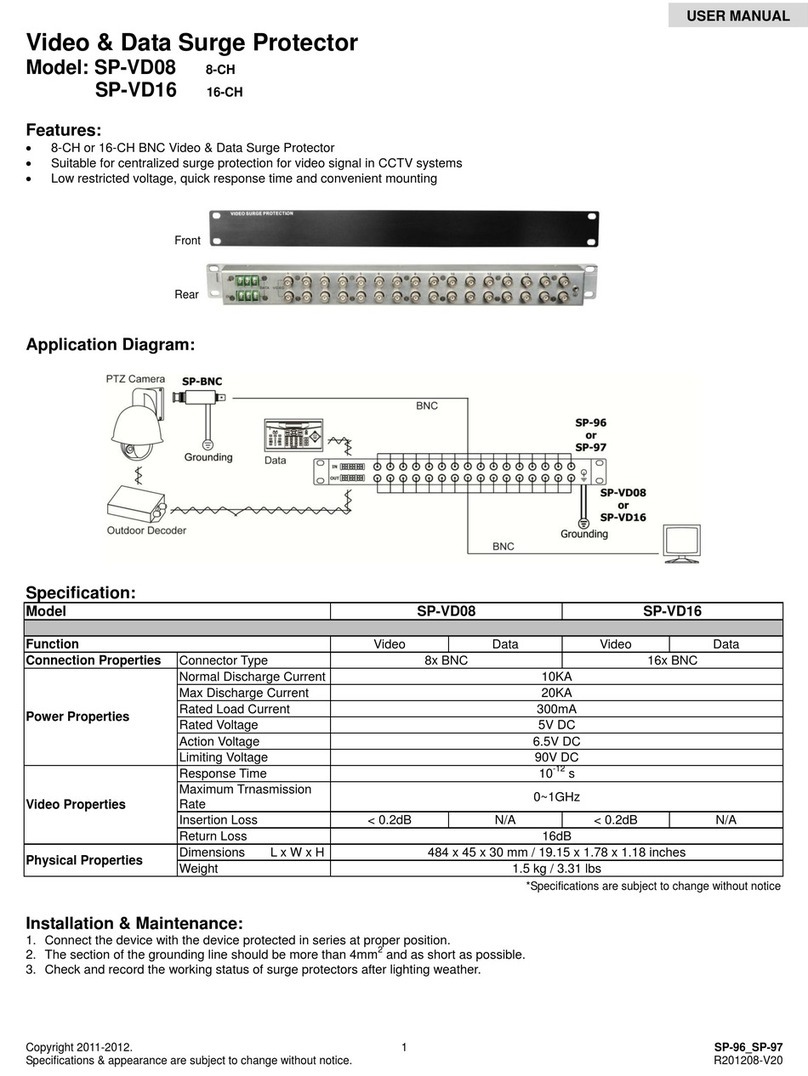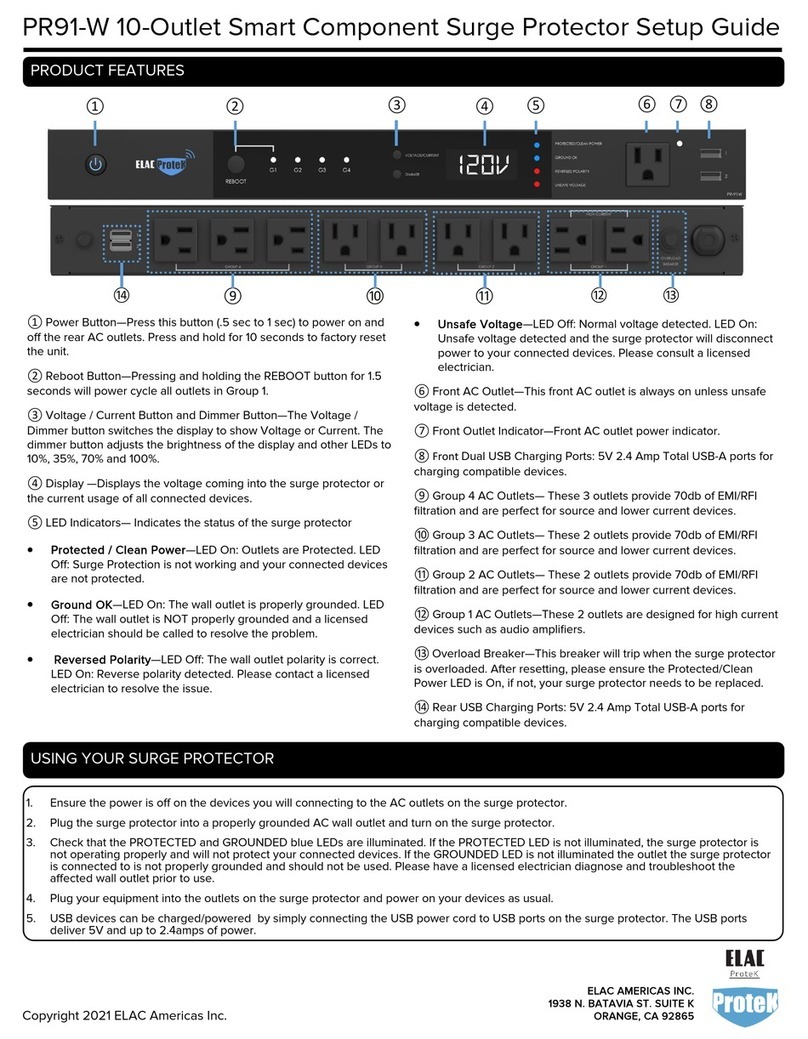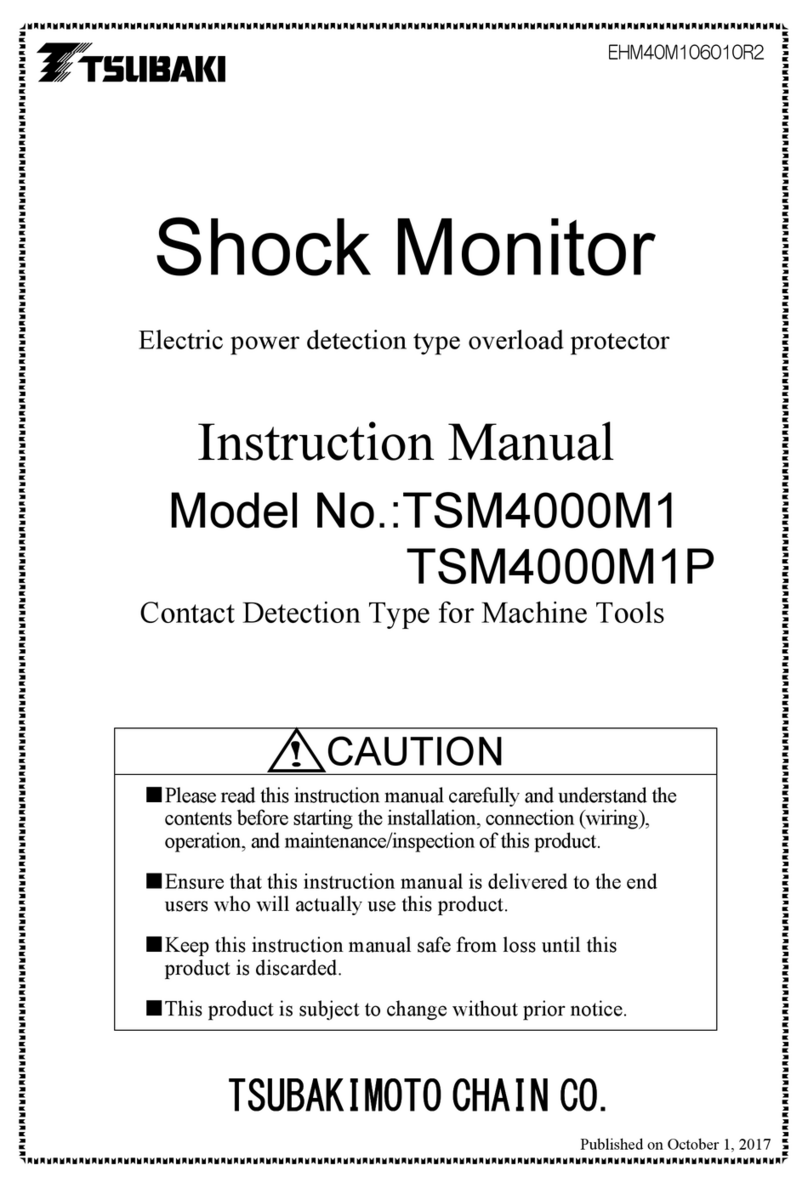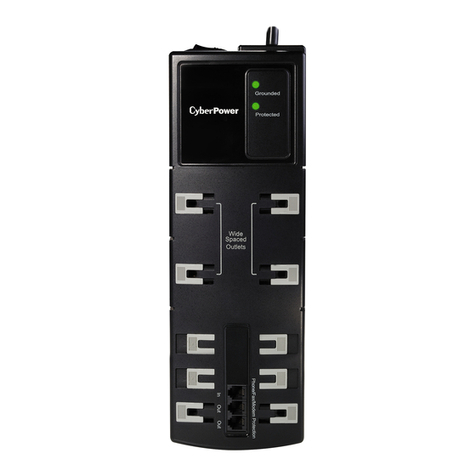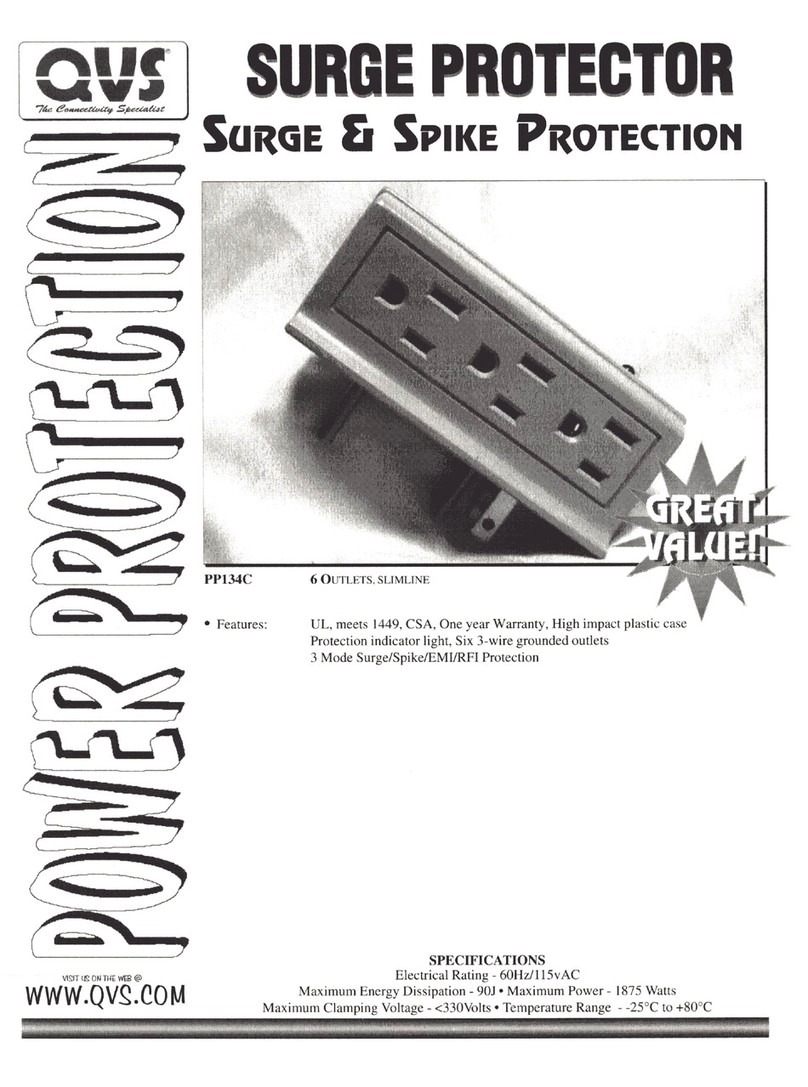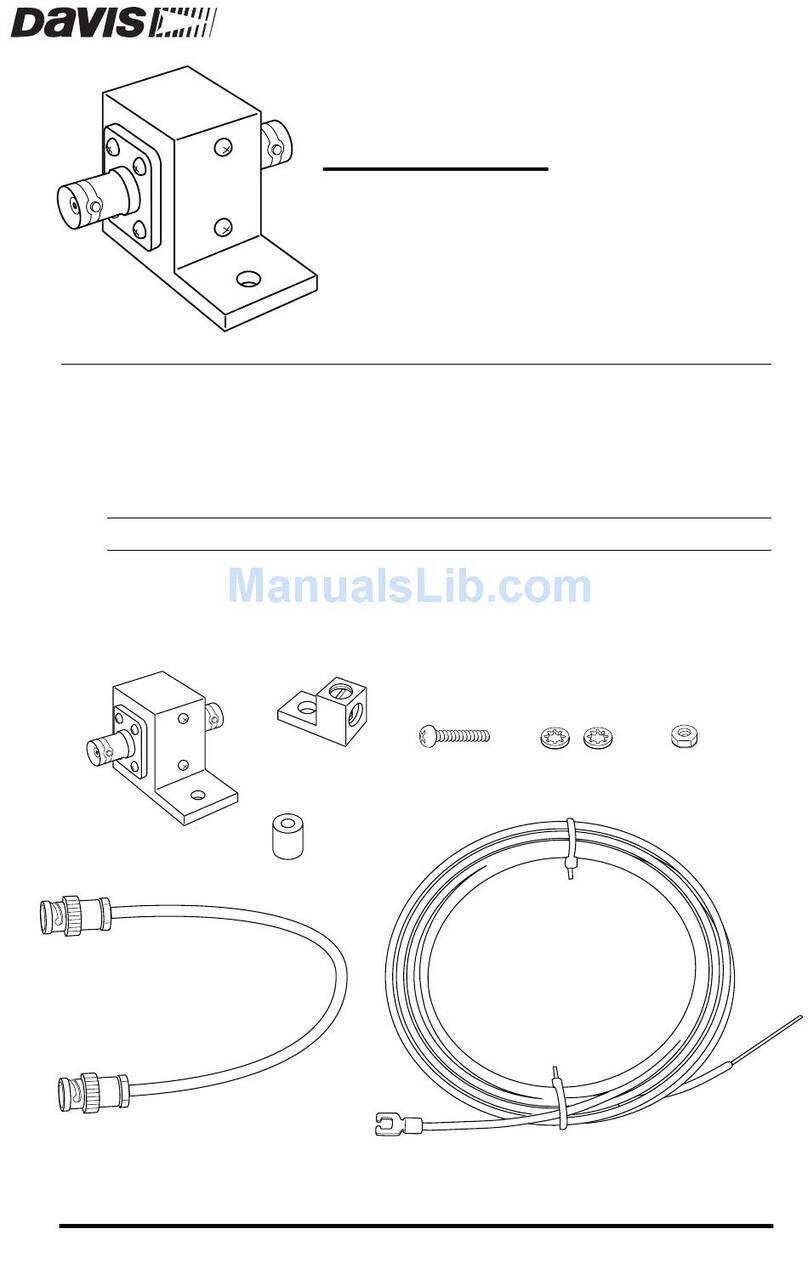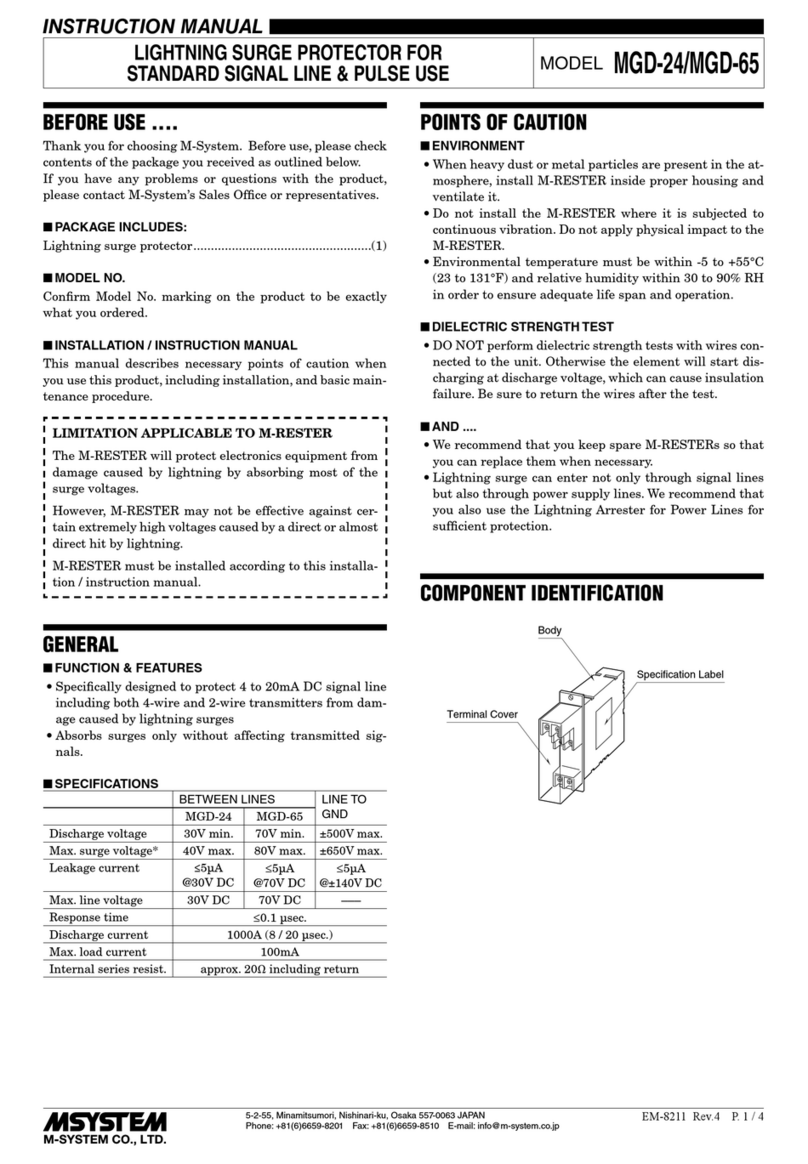
MicroVersaTrip Plus™ and MicroVersaTrip PM™ Trip Units
List of Figures
v
1. Front view of MicroVersaTrip PM Trip Unit (series RMS9C).................................................1
2. Front view of MicroVersaTrip PM Trip Unit (series RMS9D). ...............................................1
3. Rear view of MicroVersaTrip PM Trip Unit (series RMS9C).................................................2
4. Rear view of MicroVersaTrip PM Trip Unit (series RMS9D)..................................................2
5. Labels on front of Trip Unit....................................................................................................7
6. Function key placement on face of Trip Unit.........................................................................8
7. Liquid crystal display segments...............................................................................................9
8. Operation of FUNCTION key, showing progression among Trip Unit operating modes.... 11
9. Trip Unit setup mode programming function flow.............................................................. 12
10. Trip Unit display for long-time pickup. ................................................................................ 16
11. Time-current curve illustrating long-time pickup. ............................................................... 16
12. Trip Unit display for long-time delay.................................................................................... 16
13. Time-current curve illustrating long-time delay.................................................................... 16
14. Trip Unit display for short-time pickup coupled with long-time pickup. ............................. 17
15. Time-current curve illustrating short-time pickup................................................................ 17
16. Trip Unit display for short-time delay................................................................................... 17
17. Time-current curve for short-time delay with I2T OUT. ......................................................... 17
18. Time-current curve for short-time delay with I2T IN.............................................................. 17
19. Trip Unit display for instantaneous pickup.......................................................................... 18
20. Instantaneous overcurrent protection set point.................................................................... 18
21. Trip Unit display for ground-fault pickup. ........................................................................... 18
22. Time-current curve for ground-fault pickup........................................................................ 19
23. Trip Unit display for ground-fault delay, showing I2T out.................................................... 19
24. Time-current curve for ground-fault delay with I2T OUT. ..................................................... 19
25. Time-current curve for ground-fault delay with I2T IN.......................................................... 19
26. Trip Unit display for voltage-unbalance relay pickup........................................................... 20
27. Trip Unit display for voltage-unbalance relay delay.............................................................. 20
28. Trip Unit display for current-unbalance relay pickup. ......................................................... 20
29. Trip Unit display for current-unbalance relay delay............................................................. 20
30. Trip Unit display for undervoltage relay pickup................................................................... 20
31. Trip Unit display for undervoltage relay zero-volt trip disabled. .......................................... 20
32. Trip Unit display for undervoltage relay zero-volt trip enabled............................................ 21
33. Trip Unit display for undervoltage relay delay. .................................................................... 21
34. Trip Unit display for overvoltage relay pickup...................................................................... 21
35. Trip Unit display for overvoltage relay delay. ....................................................................... 21
36. Trip Unit display for power-reversal relay pickup. ................................................................ 21
37. Trip Unit display for power direction setup, showing line to load........................................ 21
38. Trip Unit display for power-reversal relay delay.................................................................... 22
39. Trip Unit display for rating plug current set point............................................................... 22
40. Trip Unit display for potential transformer primary voltage set point. ................................ 22

